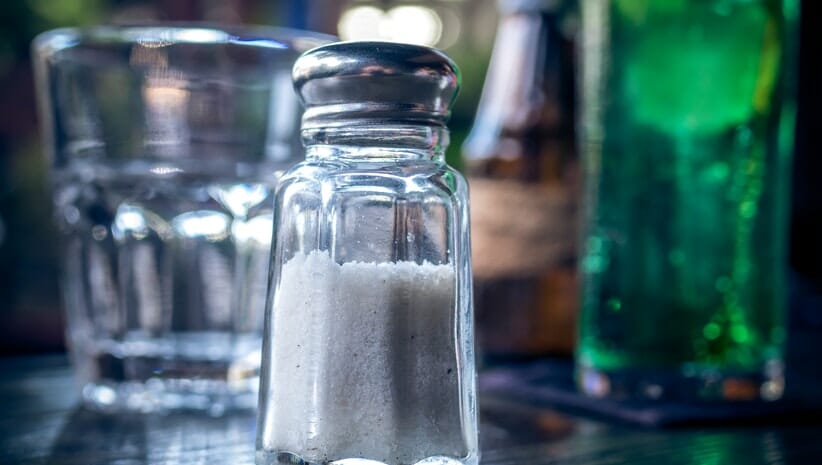History, Folklore, and Energetics of Salt
Salt is so much a part of our everyday life. So much so that we may not take the time to stop to think about the myth, magic, history, and varieties of this essential mineral found in a shaker on our counter. Throughout history, people have been paid in salt, battles have been fought over rights to salt, and communities have settled near easy access to salt. What we think of as salt is a combination of the two minerals sodium and chloride. Yet some of the less-refined Himalayan, sea, and other salts contain a number of additional trace minerals that are also essential for health. In Ayurveda, salt has a number of medicinal properties. While not all salt is created equally, all salt has an amazing story. We’re sharing some of this info in the following guide to salt.
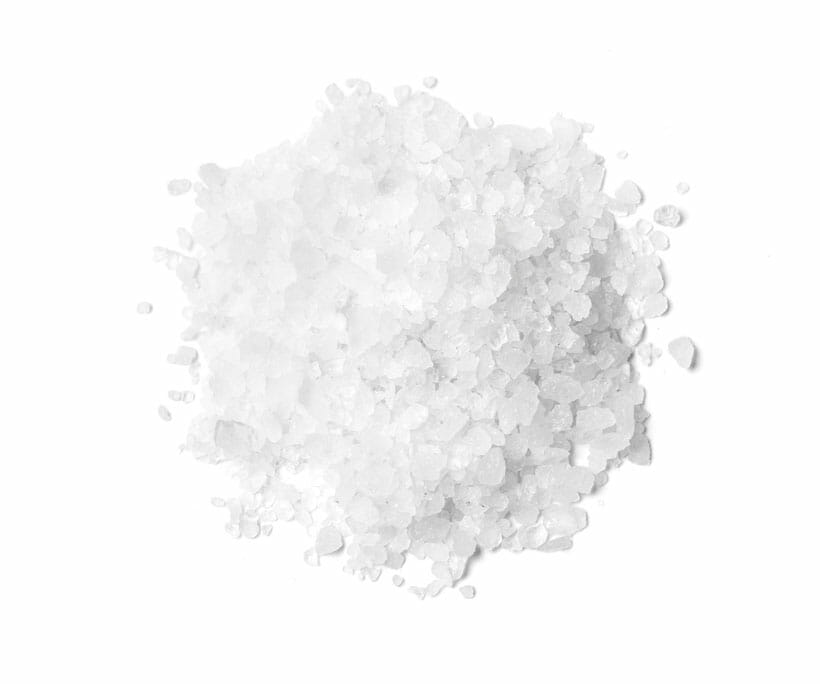
History of Salt
There is much controversy about who, when and where the use of salt originated in history. But it is generally agreed upon that salt was in use long before the beginning of recorded time. Salt has played an essential and integral part of the world’s history. It is interwoven into countless civilizations as religious offerings, currency, food preservatives, and medicine. Salt is also used in many products and industries.
Salt was first documented in China around 2700 BC in the first treatises on pharmacology. It was seen in Egyptian artifacts around 1450BC. The Morton Salt Company states that the first written reference to salt appears in the Book of Job from the Old Testament around 2250BC, and there are 31 other references in the Bible. It is believed the Phoenicians (300-1500BC) proved to be masters in the extraction and trading of salt. But it was the Romans (31-476BC) who exploited the processing of salt and subsequent trade in a worldwide network.
The Salt Routes
As one of the first exchange commodities, the first “salt routes” were established allowing merchants to transport and sell salt to countries where it was not being produced. In turn, this gave rise to new cities and the construction of roads. Such is the case of Salzburg, Austria, which is defined as the “city of salt,” and Salaria, which is “the road of salt” in Italy.
Salt in the New World
The first documented salt production in the New World was by the Onondaga Indians in New York state around 1650. But it is believed that Native Americans had actually been making salt for over 500 years. During this time, salt was created by boiling brine from salt springs and then drying it in the sun. This method was used extensively during the time of the development of the American Constitution and the Civil War.
At the time of the American Revolution, the British government assigned the first patent for salt production to Samuel Winslow of the Massachusetts Bay Company with the understanding that he was not to supply salt to the American rebels. After the Revolution, the Land Act of 1795 included a provision to prevent monopolies like this.
Drilling for Salt
Around 1800, the method of drilling was considered the most efficient. But in more modern times there are three primary methods to harvest salt. The first is the conventional shaft mining of solid rock salt. The second method is solution mining where water is pumped underground dissolving solid salt and then pumping out the salty brine and drying and crystalizing it. And the third method extracts salt from oceans and saline lakes and then uses evaporation to isolate the mineral.
The Ditch that Salt Built
In 1825, the famed Erie Canal opened and was referred to as “the ditch that salt built,” solving many transportation obstacles at the time. In 1864, salt played a vital role in the Civil War when Union forces fought a 36-hour battle to capture Saltville, Virginia, the site of a salt processing plant essential to sustaining the South’s armies.
Industrial Uses of Salt
In 1807, Humphrey Davy separated salt into its chemical components of sodium and chloride (NaCl). At the time this did not have much importance. But his achievement has become the bedrock of many industries and products. These include: hydrochloric acid (used to make PVC), chlorinated hydrocarbons (used in dry cleaning), sodium carbonate (used in water softening), sodium sulphate (used in washing powders and baking soda), sodium phosphate (used by bakers to lighten and soften bread and cakes), and sodium hydroxide (used in the pulping of wood for making paper).
Salt Trivia
In 1900, the Morton Salt Company came into existence and became the most recognizable name in American salt industry. Today, the US and China dominate the world’s salt production with a combined 40% of the world’s quarter billion tons of salt produced each year. An interesting piece of trivia is that one of the largest single uses of salt is for highway safety during the icy winter.
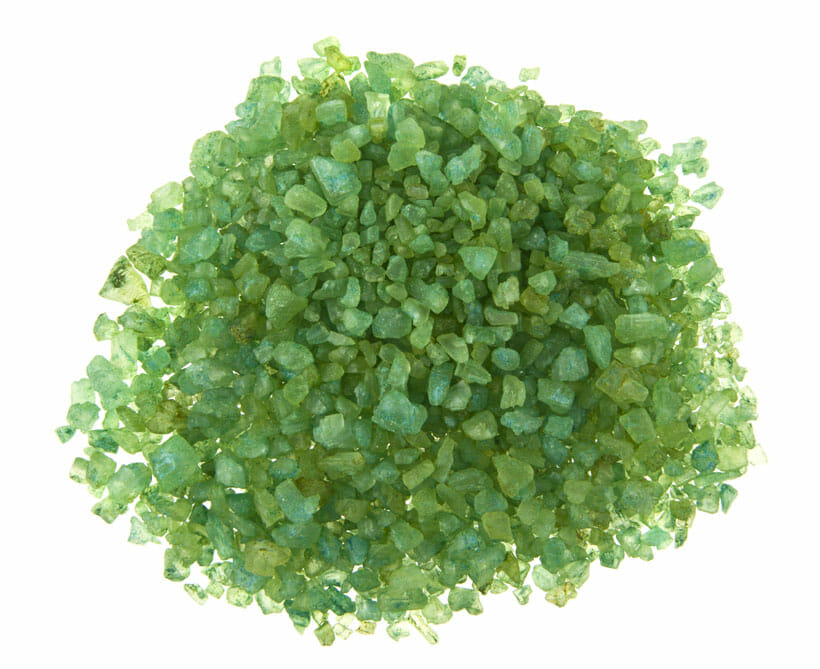
Salt Myths and Magic
There are many beliefs, religious customs, myths and magical rites throughout history involving salt. Many Europeans believe if you throw a handful of salt into a coffin before burial it will keep the devil away. And Buddhists believe that throwing salt over the shoulder before entering your house after a funeral scares off evil spirits. On the Sabbath, the Jews use salt as a remembrance of sacrifices in the desert. Before the Vatican II, Catholics placed salt on a baby’s lip at his or her baptism for purity.
In India, salt is a symbol of good luck that refers to Mahatma Gandhi’s liberation of India and symbolic walk to the sea to gather tax-free salt for the nation’s poor. In 1933 the 13th Dalai Lama was buried sitting up in a bed of salt for eternal purity.
Not Worth His Salt
The Bible has more than 30 references to salt. These include the well-known expression “salt of the earth” which refers to not being corrupted by sin as well as the expression “not worth his salt” which stems from the practice of trading slaves for salt in ancient Greece.
As a portable commodity, salt has long been a cornerstone of economies throughout history. Researcher MR Bloch believes that civilization began along the edges of the deserts where natural salt deposits formed. The first recorded war was fought near the ancient city of Essalt on the Jordan River because of the city’s precious salt supplies.
Salt as Salary
In 2200BC, the Chinese Emperor Hsia Yu levied one of the first known taxes on salt. The Romans used salt as wages for their armies. This was known as “salarium argentum,” the forerunner of the English word “salary.” In Tibet, Marco Polo noted that tiny cakes of salt were pressed with images of the Grand Khan and used as coins. And in France, Charles of Anjou levied the Gabelle salt tax in 1259, which financed the French Revolution.
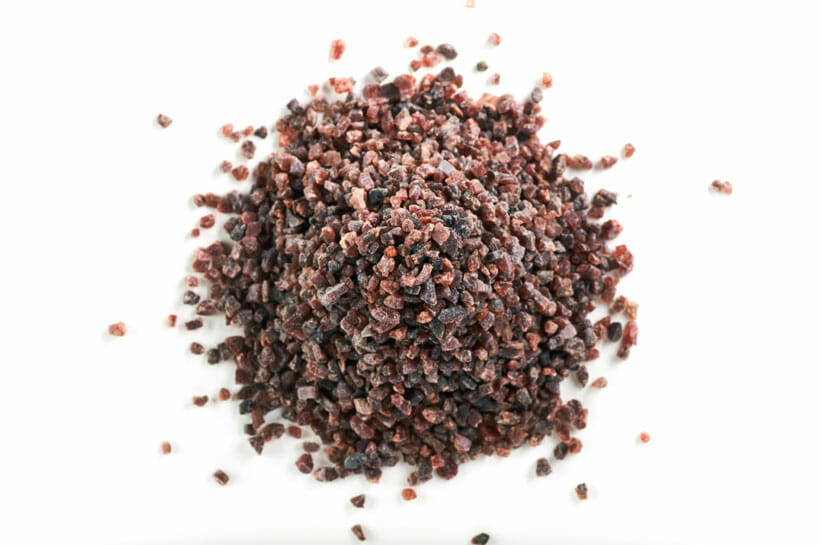
Salt and Health
There is some controversy about how salt affects health. It should be noted that most negative reports relate to the use of “refined” salts which have been processed, eliminating minerals, and using additives to reduce clumping. When refined salts are ingested, sodium levels can rise as other electrolytes fall. This can increase the risk of developing kidney stones. It can also lead to increased blood pressure because of water retention.
Restoring mineral balance can be achieved by ingesting natural unrefined sea salts (Himalayan, Celtic and Utah Redmond salts), and absorbable minerals that supplement the diet. All of these can provide the needed electrolytes — calcium, chloride, magnesium, phosphorous, potassium and sodium. Electrolytes can balance water levels and acidity, protect against bacteria and harmful microbes, regulate body temperature, and contribute to healthy muscles and nerves.
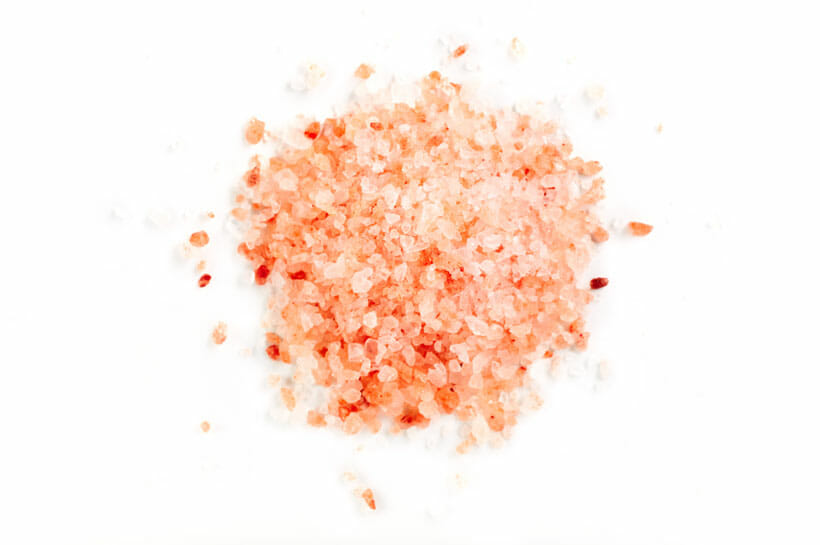
Salt RecommendationsGu
It should be noted that the American Heart Association (AHA) recommends a low-salt intake of 1000mg/day for optimal cardiovascular health. But they admit that there is not much science backing this up. In 2011, a study published in the American Journal of Hypertension found no substantial evidence that lowering salt intake reduces the risk of heart attack, stroke, or death. And in 2014, a study in the Journal of American Medical Association (JAMA) cited similar findings. WebMD suggests salt intake of 2,400mg per day, adding that excessive use can lead to high blood pressure.
When monitoring sodium intake be aware that there are numerous ingredients that contain “sodium” or “Na” (the elemental name for sodium). Here are some of the salts found on ingredients lists: Disodium guanylate or inosinate, monosodium glutamate (MSG), sodium bicarbonate (baking soda), nitrate, citrate, chloride, diacetate, erythorbate, glutamate, lactate, sulfate, metabisulfite, phosphate and trisodium phosphate.
Guide to Salt in Ayurveda
According to Ayurveda, there are six salts (Saindhava, Samudra, Vida, Sauvarchala, Romaka, and Audbhida) that are used medicinally. Generally, all salt has the tastes of being salty and sweet with a hot potency and sweet aftertaste. These actions are beneficial and grounding for the cold, dry, light, and mobile Vata dosha (air/space elements). But can increase the Pitta (fire/water elements) and Kapha doshas (water/earth elements).
The one exception to this rule is the salt called Saindhava (aka Sindhjua). Saindhava is a Himalayan salt similar to Utah’s Redmond salt. Sindhjua has a cooling nature which can balance Pitta. It can be supportive for Kapha as it tends to cause less water retention.
In general, salt increases salivation and supports the processes of digestion, assimilation, and elimination. Salt promotes growth, strengthens muscles, moistens the body, and maintains electrolyte balance. In addition, it is soothing, balancing, and grounding for the nervous system.
From a medicinal standpoint salt has the following biomedical actions. It is alkaline, expectorant, demulcent, lubricant, laxative, emetic, water retentive, osmotic, irritant, and rubefacient (stimulates capillary circulation).
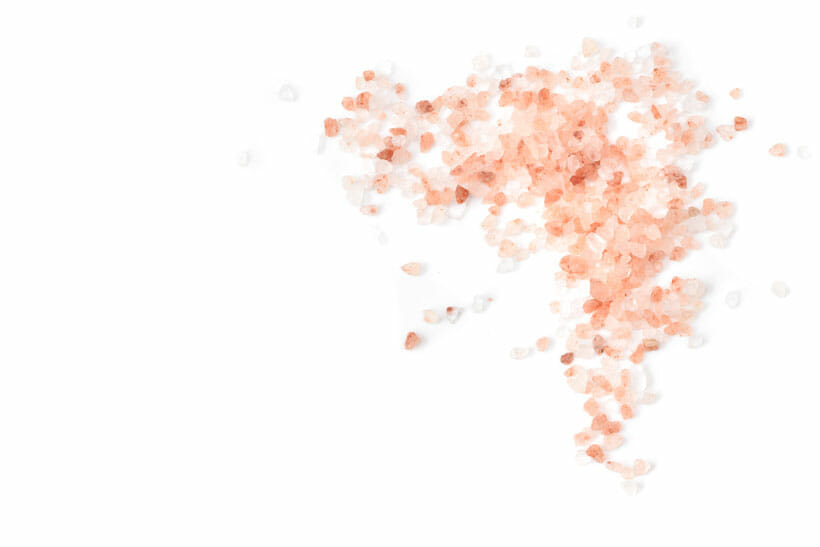
Guide to Common Salts
Mined Salts
Table salt: Refined salt with most minerals removed, available in plain or iodized forms. Iodized salt was introduced in the 1920s in cooperation with the US government after many Americans were found to be suffering from goiter (enlargement of the thyroid gland) caused by an iodine deficiency.
Kosher salt: A coarse salt which contains no additives. Kosher refers to the Judaic practice of using this salt to draw out as much blood from meat as possible before the cooking process.
Himalayan pink salt: Mined in the Punjab region of Pakistan. This is considered to be one of the purest forms of salt, containing 84 natural minerals and elements found in the human body. Pink salt is in Ayurvedic as a heart tonic, anti-diabetic, and for bone health.
Himalayan black salt: This salt is more purple and redder than black although its formal name, Kala Manak, translates to “black salt.” The color comes from the iron sulfide mineral greigite, and the pungent smell comes from its sulfur content.
Persian blue diamond salt: From the Semnan Province of ancient Persia (now Iran), it has flecks of blue from its mineral content.
Rock salt: Less refined than some other salts. It is grayish in color and used in ice beds for oysters, ice cream machines, and to encrust foods (meats, fish, and poultry) for roasting and baking purposes.
Redmond salt: Has a natural pink color and comes from a prehistoric salt deposit in Redmond, Utah. It is an unrefined and natural salt that contains 60 trace minerals and is free from additives.
Salts of Ayurveda
Saindhava (sindhjua): Also known as Himalayan salt. This comes from the Punjab region of Pakistan and is similar to Redmond salt. It is best suited for Pitta because of its cooling energetics.
Samudra: Sea salt that is heating in nature (but not overly hot so can be used in moderation for Pitta). It is purgative, alleviates colic and aids digestion, and is best suited for Kapha Dosha.
Vida: Has a slight alkalinity taste and is believed to be infused with the herb Amalaki or by burning wood, mud or dung in brick kilns for six hours. Best suited for Vata and Pitta doshas.
Sauvarchala (kala namak): A black sulfurous salt that is heating, light and pungent with the qualities of being a detoxificant, heart tonic, digestive and good for Kapha imbalances.
Romaka (sambar): Harvested in Rajasthan and is intensely heating and sharp with a pungent taste. Benefits Kapha as a purgative and diuretic.
Audbhida: This earthy alkaline salt is very heating and sharp and can have a burning, penetrating, and corrosive action. Relieves indigestion and ama (metabolic waste and toxins) and is good for Kapha when used with care.
Sea and Pond Salts
Sea salts: Come from evaporated sea waters and can be found either fine or coarsely ground, and are nutritionally superior because they contain trace minerals.
Italian sea salt: Produced along the coast of Sicily. Saltpans are filled with seawater in the spring and left to evaporate in the heat of the Sicilian sun and strong African winds.
Kona deep water salt: 78 percent sodium. Brought up from depths of about 2,200 feet off the Hawaiian coastline and then evaporated in the sun.
Alaska flake salt: Harvested directly from the seawater around Sitka, Alaska. It has a nice clear, brittle, flakey nature and is used in finishing dishes.
Fleur de Sel “Flower of salt”: Comes from the Guérande region of France, and is made up of crystals that form naturally on the surface of salt evaporation ponds.
Celtic salt: Harvested by a 2,000-year-old method of solar evaporation leaving less sodium chloride. Comes from the Celtic Sea marshes in Brittany, France, aka Sel Gris.
Hawaiian black lava salt: Derived from seawater that evaporates in pools on hardened lava flows, and then is mixed with activated volcanic charcoal. Considered a detoxicant.
Hawaiian Alaea red salt: Made from regular Hawaiian sea salt combined with the red volcanic clay Alaea. Said to have detoxifying properties and is lower in sodium content.
Cyprus black lava salt: Hails from the island of Cyprus in the Mediterranean Sea and are large pyramid-shaped crystals formed during natural solar evaporation. They are mixed with activated charcoal and look like actual pieces of charcoal with a very mild salt flavor.
Korean sogeum salt: Used in making kimchi, this salt is solar evaporated on a small island off the coast of Korea.
New Zealand Lake Grassmere salt: Harvested from the ocean and brought to the ponds near Lake Grassmere. And at the end of summer, the salt crust is lifted from the bottom of the ponds.
Mexican Sal de Gusano salt: Dried worm larvae toasted and ground with rock salt and chili peppers are used to make this traditional smoky seasoning.
Antarctic sea salt: Carried up the West Coast of Africa by the Benguela Current. Then passes through an underground aquifer on the way to being dried under the intense African sun.
Spring Salts
Epsom salt: Originates from a saline spring in Epsom, England with a natural balance of magnesium and sulfate (MgSO4). It is an anti-inflammatory, pain reliever, liver, and gallbladder detoxifyer, purgative, balances blood pressure, and relieves stress.
Varieties of Culinary Salts
Coarse/Grinder salt: Large-grained salt crystals mostly used in grinders as it has less moisture and resists caking. Used for pretzels and corn on the cob because it does not melt.
Flake salt: Lighter and reminiscent of snowflakes. Seawater is evaporated using open evaporating pans, and then the brine is slowly heated until delicate crystals form.
Pickling salt: Used for pickling and brining of foods. Does not contain any added iodine, anti-caking agents, or many of the trace minerals that cause discoloration.
Sour salt: “Citric acid” is not salt but is extracted from citrus and other acidic fruits such as lemons and oranges. It is used as a seasoning that is an alternative to NaCl (sodium chloride).
Smoked salt: Naturally smoked over wood fires without additives or flavorings.
Flavored salt: Contain natural and created flavorings. Examples are: Truffle, Red Thai Chile, and Chipotle.
Finishing salt: Specialty salts with a unique texture of crystals, a big crunch, and dissolve quickly. Examples of this salt are Flake types like Fleur de Sel.
Seasoned salt: Mixed with various herbs and spices. For example, garlic salt or onion salt.
Popcorn salt: A super-fine grind generally colored yellowish-orange.
Colored salt: A relatively new product, does not add flavor but is used as a novelty.
Jeff Perlman is a Clinical Ayurvedic & Pancha Karma Specialist, Certified Iyengar Yoga Instructor, Certified Massage and Marma Therapist, a professional member of the National Ayurvedic Medical Association and a Cordon Bleu Chef. He is available for private consultations. He leads annual trips to India. You can contact him at jeff@tsayurveda.com or visit his website: threeseasonsayurveda.com

